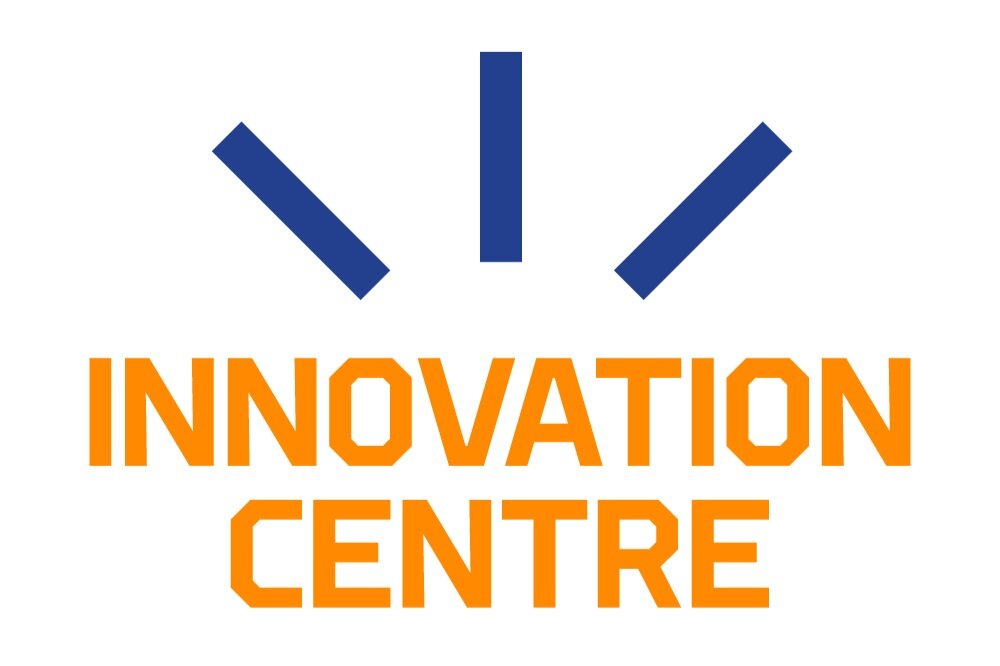What are Social Innovations?
Niina Karvinen, European Social Innovation Campus (ESIC), Diaconia University of Applied Sciences.
As promised, I revisited the University of Oulu Innovation Centre, albeit briefly, to dive into my favorite topic: Social Innovations. I was invited to share insights at the Innovisitor event, where I engaged with an inspiring audience on various facets of social innovation, including current descriptions, distinguishing features, and evaluation methods. I am happy to briefly recap this conversation with you.
Social innovations are new, functional ideas - services, products, models, processes or strategies - that seek solutions to society's needs and problems that are better than established alternatives. Their explicit goal is the common good and improved well-being. Social innovations can be developed by actors, users and communities in the public, private and third sectors, both as part of public services and outside them. (Demos Helsinki, 2022)
Defining Social Innovations
The definition of social innovation may vary depending on who you ask. However, common elements include the notion of new ideas meeting social needs, fostering social connections, and forging novel collaborations. Whether it's the European Commission's emphasis on addressing unmet needs or the OECD's focus on conceptual, process, or organizational change, social innovation ultimately strives to enhance welfare and well-being (European Commission; OECD).
To unlock the full potential of social innovation, a supportive policy framework is needed, enabling collaboration among public, non-profit, and private entities to co-create and implement socially innovative solutions. As highlighted by the Stanford Graduate School of Business, Center for Social Innovation, effective solutions often necessitate collaboration across government, business, and nonprofit sectors (Sarah A. Soule, Neil Malhotra, Bernadette Clavier).
In the Finnish context, Business Finland states, “Numerous studies and surveys consider Finland one of the world’s most socially innovative countries: it is the most stable country globally and boasts the best governance. It offers the best quality of life in the EU and the second-best quality of life in the world. It is recognized as one of the fairest countries for children, one of the best places for mothers, and one of the top nations for fathers to spend time with their kids. Finland is also one of the most socially just countries in Europe.”
Finland's legacy of addressing social issues, exemplified by initiatives like the maternity package introduced in 1937, underscores its commitment to social innovation (Business Finland). The “baby box” was so successful that, since 1949, it has been provided to all new mothers.
Moreover, Finland has continued to innovate. In recent years, the country has embarked on various initiatives, such as developing e-government services, fostering citizen participation in urban planning, promoting citizens’ initiatives for new legislation, and piloting a basic income program. Furthermore, the Finnish school system has embraced experimentation, exemplified by a shift towards interdisciplinary phenomenon-based learning as opposed to traditional subject-based education.
In summary, there is no universally accepted definition of social innovation (Nicholls et al., 2015). Put simply, it involves "new ideas related to social needs that have not yet been met and that prove effective" (Mulgan et al., 2007). The overarching goal is to address societal needs and enhance people's lives through practical solutions (Mulgan et al., 2007). In practice, social innovations can take various forms, including ideas, functions, frameworks, models, systems, processes, services, rules, regulations, or organizational structures (Nicholls et al., 2015). Importantly, these innovations often lead to fundamental changes in social relations, institutions, structures, and behaviors (Antadze & Westley, 2012).
Social Innovations vs. Other Innovations
Distinguishing social innovations from business innovations, while both critical for societal progress, is crucial. While business innovations often prioritize profit maximization, social innovations are driven by the imperative to address social needs. These two forms of innovation differ in their motives, available resources, growth trajectories, and metrics of success (Mulgan, 2006; Mulgan et al., 2007). Social innovations, characterized by their focus on satisfying unmet human needs and fostering societal empowerment, generate value primarily for society as a whole (Phills et al., 2008).
However, as evidenced by discussions at the InnoVisitor event, the synergy between social and business innovations is evident, pointing to the complementary nature of both in driving future progress.
Characteristics of Social Innovation
Source: IdeaScale
IdeaScale has effectively outlined some of the core characteristics of social innovation. These attributes collectively encapsulate the essence of social innovation, shaping its approach and mindset towards meaningful and enduring social change. As a service designer, I find the list particularly compelling, especially when it includes indicators such as Social Impact, Collaboration and Co-Creation, Systems Thinking, Innovative Strategies, Empathy and User-Centeredness, Creativity and Innovation, Scalability and Replicability, Measurable Outcomes, and Empowerment and Inclusion. Detailed descriptions of each characteristic are available through the provided link.
Evaluating Social Innovations
Evaluating social innovations is an emerging field. In 2023, while contributing to the establishment of a national social innovation centre in Finland, I had the opportunity to participate in a work package focused on developing a new evaluation framework. Although ongoing, we received positive feedback from the European Commission on the initial pilot version.
Various elements must be considered when evaluating social innovations. According to Anderson et al. (2014), for an initiative to qualify as a social innovation, it must meet four criteria: it must be novel, address a social problem, aim to promote equality, justice and empowerment, and ultimately result in such outcomes. Dayson (2017) emphasizes the importance of measuring the social value generated, such as improvements in the well-being of customers utilizing the new service. Additionally, Soma et al. (2018) propose an evaluation framework based on two perspectives: the characteristics of social innovation (including resonance, scale, and scope), and the adaptive process (comprising four core phases).
I work as a project manager at the Diaconia University of Applied Sciences, contributing to the Erasmus+ funded Blueprint project: ESIC - Alliance Fostering Skills Development for Social Economy - European Social Innovation Campus. My professional passion lies in social entrepreneurship within the realm of culture and arts, where I am pursuing doctoral studies. I am deeply committed to fostering social innovations that contribute to building a more empathetic society. You can learn more about my work on my LinkedIn profile: Niina Karvinen.
References
Anderson, T., Curtis, A., & Wittig, C. (2014). Definition and theory in social innovation. Krems, Danube
Antadze, N. & Westley, F.R. (2012). Impact metrics for social innovation: Barriers or bridges to radical change? Journal of Social Entrepreneurship, 3(2), 133 150.
Dayson, C. (2017). Evaluating social innovations and their contribution to social value: the benefits of a ‘blended value’ approach. Policy & Politics, 45(3), 395 411.
Nicholls, A., Simon, J., & Gabriel, M. (2015). Introduction: Dimensions of Social Innovation. In: A. Nicholls et al. (eds.). New Frontiers in Social Innovation Research. Palgrave Macmillan London.
Martinelli, F. (2012). Social Innovation or Social Exclusion? Innovating Social Services in the Context of a Retrenching Welfare State. In H. W. Franz, J. Hochgerner and J. Howaldt (eds .), Challenge Social Innovation: Potentials for Business, Social Entrepreneurship, Welfare and Civil Society pp . 169 180. Berlin, Heidelberg: Springer
Mulgan, G. (2006). The process of social innovation. Innovations: Technology, Governance, Globalization, 1(2), 145 162.
Mulgan, G., Tucker, S., Ali, R., & Sanders, B. (2007). Social innovation: What it is, why it matters and how it can be accelerated (Working paper)—Skoll Centre for Social Entrepreneurship, Said Business School, Oxford University.
Phills, J. A., Deiglmeier , K. and Miller, D. T. (2008). Rediscovering social innovation. Stanford Social Innovation Review, 6(4), 34 43.
Soma, K., van den Burg, S.W.K., Selnes, T., & van der Heide, C.M. (2019). Assessing social innovation across offshore sectors in the Dutch North Sea. Ocean and Coastal Management, 167, 42 51.




